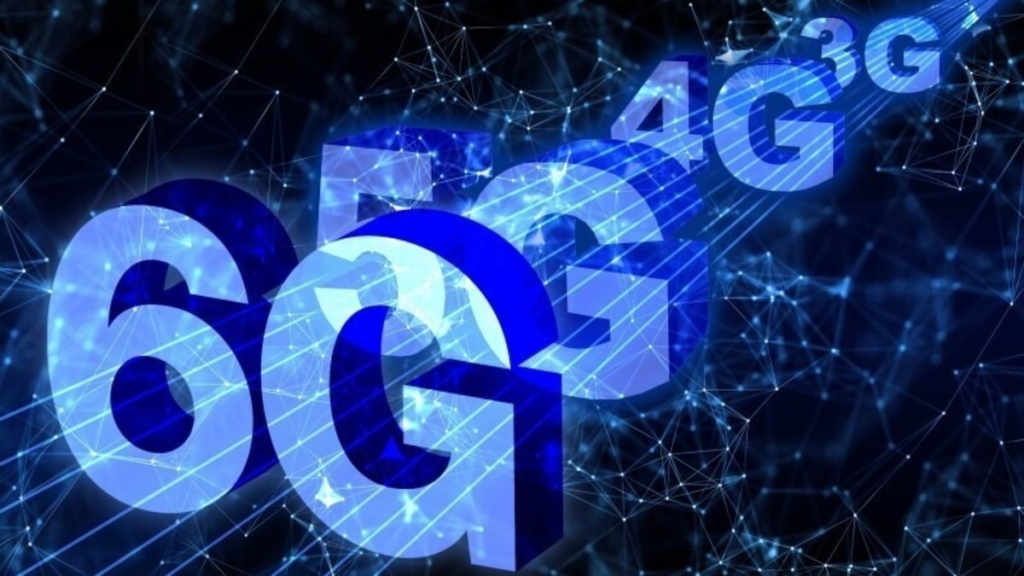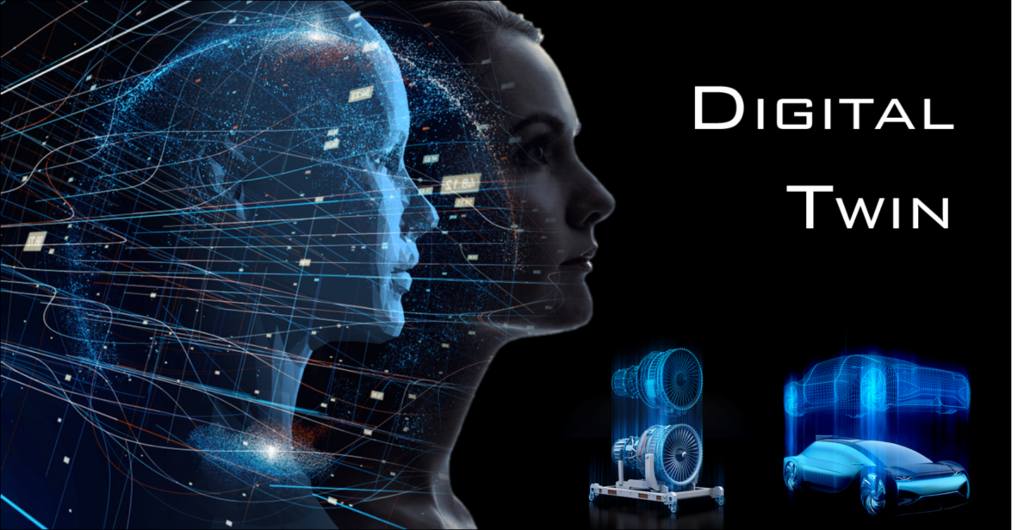
We all know how 5G has been making waves, but let’s talk about 6G networks for a second. These next-gen networks are not just faster than 5G, they promise to bring mind-blowing innovations that will change the way we live, work, and connect. Think 5G is fast? Wait until you hear what 6G has in store. Let’s dive into some of the wild advancements 6G will offer over 5G and how it’s going to redefine the digital world.
What Makes 6G So Much Faster?
Sure, 5G is fast—downloading a movie in seconds is great—but 6G is on a completely different level. Imagine download speeds up to 100 times faster than 5G! We’re talking about terabytes per second, which could revolutionize the way we interact with data. No more waiting for high-resolution video streams to buffer or suffering through lag in online gaming. With 6G, it’s all instant, and that’s just the tip of the iceberg.
But it’s not just about speed. 6G networks will use advanced AI and machine learning to optimize data flows in real time, ensuring faster, more efficient connections for everyone. The days of spotty connections and bottlenecks? Gone.
Real-Time Holographic Communication
Yes, you read that right. One of the craziest innovations 6G networks will bring is real-time holographic communication. Imagine having a meeting where your colleague appears as a hologram right in front of you—no need for screens. This isn’t just a gimmick; holographic communication could make remote work feel like face-to-face collaboration.
This leap forward will blur the lines between virtual and physical presence in a way that 5G just can’t handle. 6G networks will support this level of data intensity without breaking a sweat.
The Rise of Digital Twins

Here’s something even more futuristic: digital twins. These are virtual replicas of physical objects, systems, or environments that can be monitored and managed in real time. With 6G networks, digital twins will become mainstream, enabling businesses to simulate real-world conditions without any physical risk. From city infrastructure to personal health data, these digital twins will be part of everyday life, offering precision and control we’ve never seen before.
The kicker? 5G doesn’t have the bandwidth or the real-time data processing power to make this a reality on a large scale. 6G does.
Connecting Every Device You Can Imagine
We’ve heard about the Internet of Things (IoT), but 6G networks will take that concept and supercharge it. While 5G connects millions of devices, 6G will connect billions. Smart homes, cities, and even smart agriculture will be powered by 6G, creating a web of connected devices that seamlessly communicate and interact with each other.
What does this mean for you? Everything from your refrigerator to your car to the very street you walk on could be connected, gathering data, and improving your everyday life in real time. And the beauty is, you won’t even notice it. This level of connectivity will be invisible, but its impact will be huge.
Is 6G Really Necessary?
With all these amazing innovations, it’s easy to get caught up in the hype. But here’s the question: do we really need 6G networks right now? Critics argue that much of the world hasn’t fully adopted 5G yet. Shouldn’t we make the most out of 5G before rushing into the next big thing?
On the flip side, proponents say that 6G is about preparing for the future. The technologies of tomorrow—like fully autonomous vehicles, advanced AI systems, and immersive AR/VR environments—will require the power and speed of 6G networks. So, while 5G is doing great for now, the future is coming fast, and 6G will be what powers it.
The Big Takeaway
At the end of the day, 6G networks will offer far more than just faster speeds. From real-time holographic communication to an explosion of IoT devices, 6G is set to redefine the digital landscape. While we may not need it just yet, one thing is clear—when 6G does arrive, it’s going to blow 5G out of the water and bring us closer to the connected, tech-driven future we’ve always imagined.

